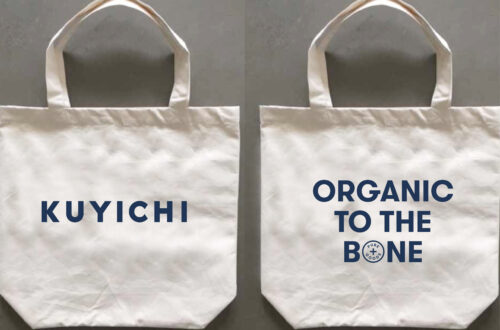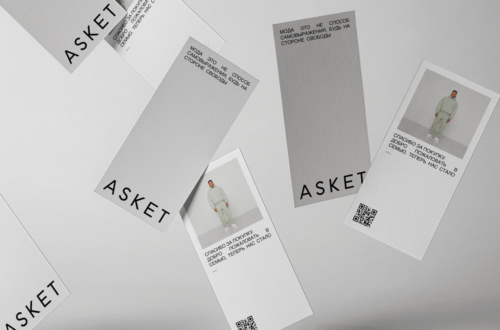The COVID-19 pandemic has disrupted industries worldwide, and the fashion industry has been no exception. With lockdowns, social distancing measures, and remote work becoming the new norm, people’s lifestyles and priorities have significantly shifted. This has led to a profound impact on the fashion industry, influencing consumer behavior, supply chains, and retail strategies. As we navigate through these unprecedented times, it is crucial to understand the implications of the pandemic on the fashion industry and anticipate the future changes it will bring. In this article, we explore the impact of the pandemic on the fashion industry and delve into the future changes and trends that we can expect to see.
The COVID-19 pandemic has significantly affected the fashion industry, disrupting supply chains, changing consumer behaviour, and causing wider financial instability. The following are some of the biggest impacts the pandemic has had on the industry and what future changes we may anticipate:
Move to e-commerce
The pandemic has sped up the trend of internet buying since physical businesses have closed as a result of lockdowns and social isolation measures. Retailers are anticipated to continue investing more in their e-commerce systems and improving the online shopping experience due to this trend.
Growing demand for casual, comfortable apparel
As consumers spend more time at home, there is a growing need for casual, comfortable clothing. Sales of formal apparel, such as suits and gowns, have decreased as a result, while sales of loungewear, athleisure, and other casual clothing have increased.
Sustainability and ethical problems
The epidemic has brought to light the vulnerability of the supply chains in the fashion industry and heightened scrutiny of the sector’s ethical and environmental standards. As a result, customers are more aware of the effects of their fashion choices and are looking for businesses that are sustainable and ethical.
Virtual fashion shows and events have become popular as a result of the cancellation of in-person events, according to numerous firms. This pattern is probably going to continue, with virtual events dominating the market.
Growing focus on local production
As a result of the pandemic, many brands are now placing more emphasis on creating items locally rather than depending on global supply systems. This pattern is most likely to persist, with an increased focus on protecting local businesses and minimising the effects of transportation on the environment.
Increasing digitalization
In addition to encouraging e-commerce, the pandemic has sped up the use of technology in the fashion sector as a whole. Consider the increasing use of virtual try-on technology, which enables people to shop for clothing without ever leaving their homes. In order to create immersive shopping experiences, brands are also utilising augmented reality and other digital technologies.
While the pandemic has caused a drop in the sales of formal attire, it has also sparked new trends and fashions. For instance, face masks have become a trendy accessory, with several designers creating stylish masks to go with their apparel collections. Throughout the epidemic, additional styles have also evolved, like DIY fashion, oversized apparel, and bright designs.
Greater emphasis on health and hygiene
The pandemic has caused the fashion industry to place more emphasis on health and hygiene. Several companies use antimicrobial ingredients in their goods and tout the benefits of their garments for maintaining hygiene. As customers grow increasingly aware of the health dangers linked to clothes and other items, this tendency is likely to continue.
The pandemic has, in general, accelerated fashion industry trends and increased awareness of sustainability, e-commerce, and local manufacture. As the business adjusts to new customer habits and economic realities, these shifts are likely going to continue in the post-pandemic era.
The COVID-19 pandemic has had a profound impact on the fashion industry, forcing it to undergo significant transformations. The shift towards remote work, social distancing measures, and reduced social events resulted in a decreased demand for formal wear and a surge in loungewear and athleisure. E-commerce and digital platforms became the primary channels for fashion retail, accelerating the industry’s digitalization. Sustainability and ethical considerations also gained momentum, with consumers becoming more conscious of their purchasing choices. Looking to the future, we can anticipate a continued emphasis on comfort, functionality, and sustainability in fashion.
The integration of technology, such as virtual fashion shows and augmented reality try-on experiences, will reshape the way consumers engage with fashion. Furthermore, brands and retailers will focus on building resilient supply chains and adopting circular practices to minimize waste. The pandemic has sparked a transformative period for the fashion industry, pushing it towards innovation and reimagining the way we consume and experience fashion.






